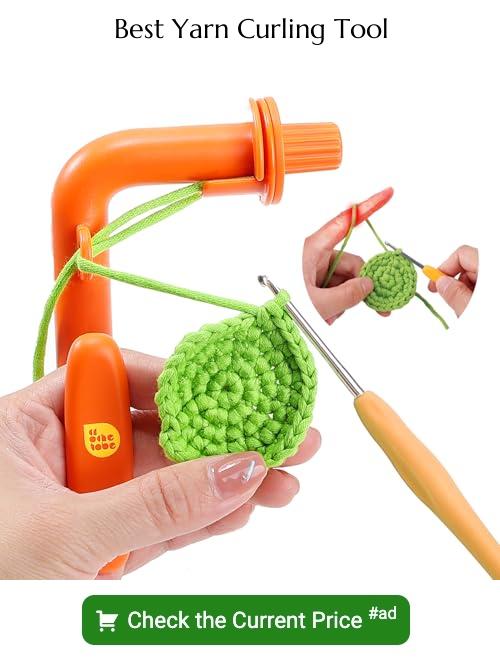Dive into the art of curling yarn because this transformative technique can give a unique twist to your crafting projects.
Curling yarn can add a unique twist to your craft projects, transforming simple pieces into eye-catching creations. In this article, we’ll explore a straightforward method to curl yarn that requires just a few household items: yarn, a pair of scissors, and a thin rod or skewer.
Whether you’re looking to add some flair to your knitting, crochet, or any yarn craft, this technique will provide an effective solution. We’ll guide you through each step of the process, offering key tips and insights to ensure you achieve the best results.
Stick around to uncover all the details of this fun and simple yarn transformation technique.
Key takeaways:
- Curling yarn adds unique texture and movement to craft projects.
- Opt for synthetic yarn for best curling results.
- You will need yarn, curling rods, a hairdryer or steamer, clamps or clips, and a water spritzer.
- Wrap the yarn around a rod, heat it in the oven, then gently unwind for beautifully curled yarn.
- Experiment with different rod sizes and temperatures for various curl densities and shapes.
Understanding Yarn Curling

Curling yarn is a simple process involving the use of heat and moisture which transforms straight yarn into a spiraly one with a zesty appeal.
This technique can create dimensional interest in your craft projects, as curled yarn adds texture and movement that straight yarn does not provide.
Importantly, keep in mind that not all yarns curl the same – factors like material and thickness play a role.
Synthetic, wool, and cotton yarns respond well to curling, however, the techniques vary.
Necessary Equipment for Curling Yarn

To achieve a perfect curl, you will need some basic supplies at your disposal. Here they are:
- Yarn: Opt for synthetic materials since they respond well to heat. Check label instructions for potential heat sensitivity.
- Curling Rods: Available in varying diameters, they can create different curl intensities. Thin rods for tighter curls and thick ones for loose curls.
- Hair Dryer or Steamer: Heat is central to the curling process. While a hairdryer can serve the purpose, a fabric steamer is a more professional tool.
- Clamps or Clips: To secure the yarn around the rod while it sets.
- Water spritzer: To dampen the yarn, facilitating the curling outcome.
Remember, your safety comes first. Make sure to handle the heat tools carefully to prevent any accidents.
Detailed Instructions for Curling Yarn
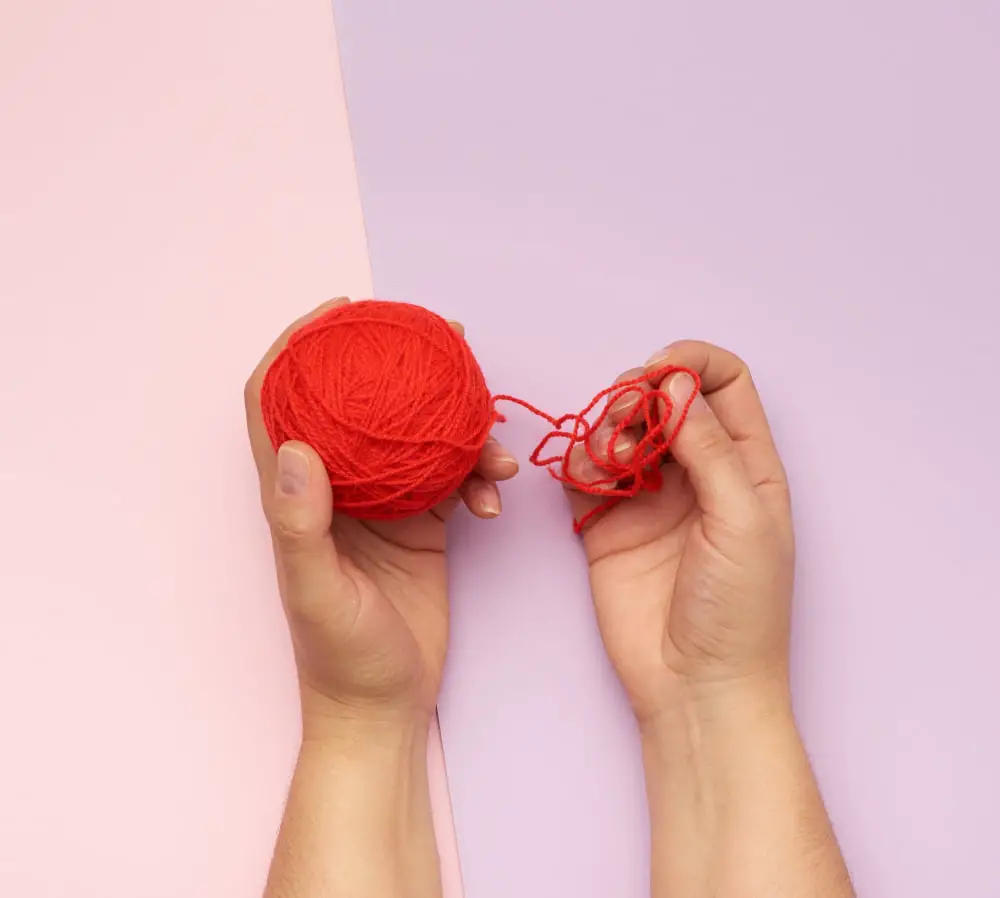
First, you’ll need a length of yarn that fits your needs – remember, the longer the yarn, the more time it will take to curl. Once you’ve measured and cut your yarn, moisten it lightly with water.
Now, wrap the yarn around a thick knitting needle, maintaining even spaces between each wrap-up for uniform curls. Secure both ends of the yarn to the knitting needle using small pieces of tape.
Place the wrapped knitting needle on a baking sheet, and heat it in an oven preheated to 200 degrees Fahrenheit. After 15 minutes, remove the baking sheet and let it cool down completely.
Once cooled, gently unwind the yarn from the knitting needle. Congratulations! You now have beautifully curled yarn. Remember to handle it delicately to avoid unravelling the curls.
By adjusting the thickness of the knitting needle, temperature, and time in the oven, you can experiment to achieve various curl densities and shapes. It’s always fun to see what kind of unique curls you can create!
Expert Techniques for Optimal Yarn Curling
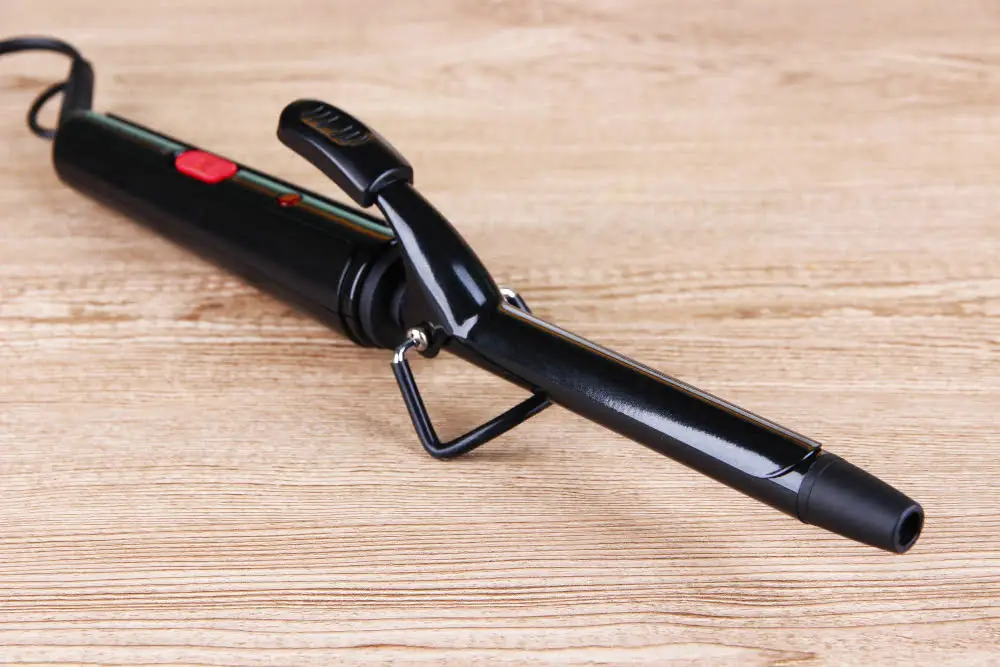
Dampening the yarn slightly before starting to curl can enhance the process, perfectly retaining the shape.
Larger-diameter rods or dowels produce looser, more subtle curls, whereas smaller rods offer tighter, more defined curls. Match rod-size to the project’s requirements for the intended visual and tactile result.
When wrapping yarn around the rod, remember that firm, close wraps produce the most consistent curls. Loosely wrapped or widely spaced wraps may lead to uneven curling.
Cooling the curled yarn thoroughly before removing it from the rod will ensure it maintains shape. For best results, leave it to cool naturally rather than trying to speed up the process artificially.
Temperature control is essential in this process. Too high heat can cause excessive fuzziness or even singe the yarn. Always be vigilant during the heating process.
Troubleshooting Curling Yarn Issues
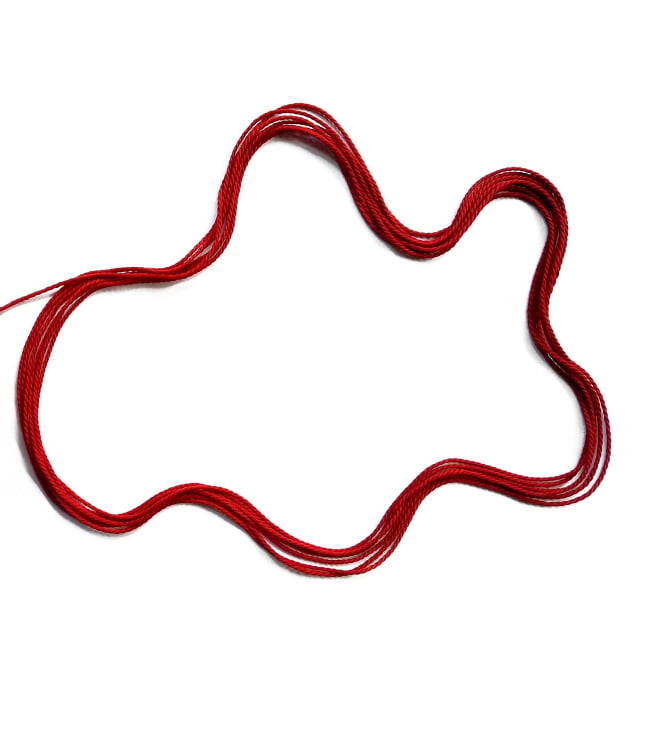
Sometimes, despite following all the right steps, you might encounter a few issues during your yarn curling adventure. Let’s navigate through these problems and their possible solutions.
1. Inconsistent Curls: If your yarn curls unevenly, ensure you’re applying consistent heat throughout the process. Avoid holding the iron too close or too far from your yarn strands.
2. Flattened Curls: Your yarn might not hold curls if it cools down in a stretched-out position. Be sure to allow the yarn to cool while it’s still wrapped around the dowel rod to maintain its curly shape.
3. Excessive Frizziness: While a little frizz is natural, too much could indicate that your yarn is overheating. Lower your heat setting and try not to hold the heat too close to the yarn.
4. Heat Damage: Some yarn types are more heat-sensitive than others. Synthetic types, for instance, can melt under high heat. Always test a small piece before exposing the entire skein to heat.
By addressing these issues, you can make your yarn curling projects smoother and yield results that will truly delight you.
Practical Applications for Curled Yarn
Curled yarn, with its unusual texture and visual appeal, can be utilized in various creative ways. It’s a favorite choice for adding some fun and excitement to knitting and crocheting projects. A few options include:
- Accentuating Patterns: Take advantage of the unique texture of curled yarn to highlight parts of your knitting or crocheting projects. It could be the cuff of a sleeve, the border of a blanket, or the brim of a hat. Providing a contrast in texture can make these areas stand out.
- Creating 3D Effects: Curled yarn is often used to create three-dimensional effects in projects. For instance, in amigurumi or other stuffed toy making, you can use it to mimic animal fur or hair.
- Making Tassels and Fringes: Tassels and fringes made of curled yarn add a playful, eye-catching element to various items, such as scarves, pillows, or even rugs.
- Craft Projects: Beyond knitting and crocheting, curled yarn also lends itself beautifully to various craft projects like DIY Christmas ornaments, wreath decorations, or even unique jewelry pieces.
Remember to experiment and play with incorporating curled yarn into your craft projects. The results can be incredibly rewarding and will certainly add a unique twist to your creations.
Curled Yarn: Preservation and Maintenance
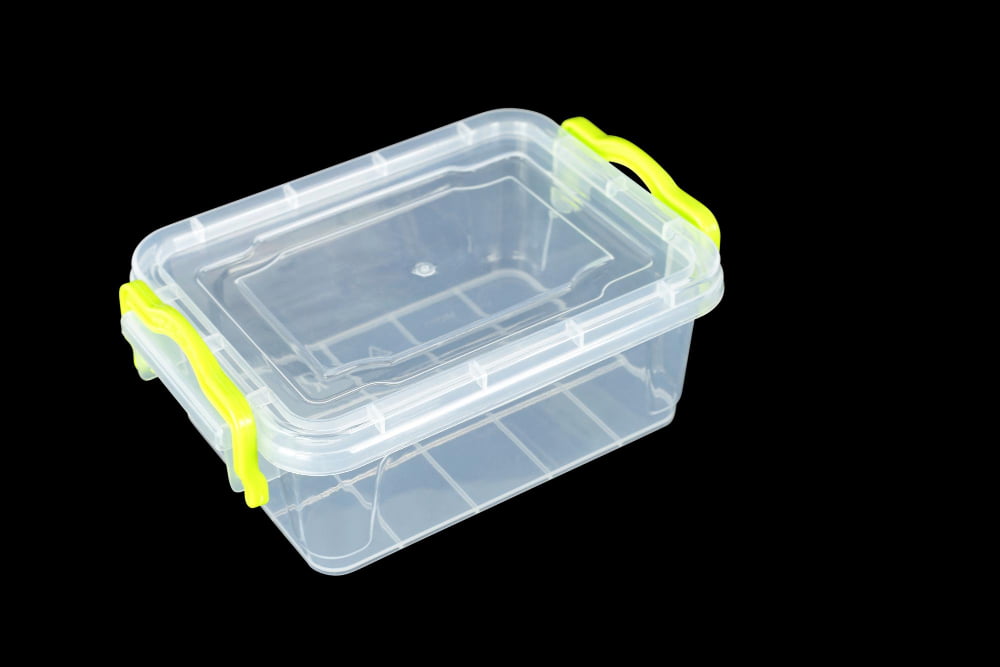
Ensuring the longevity of your curled yarn involves simple yet crucial steps. Firstly, keep your curled yarn protected in a cool, dry place away from direct sunlight, which could potentially degrade the fibers.
Secondly, avoid any tension or unnecessary tugging which could straighten out the curl. Finally, dust and dirt can over time negatively affect the curl in your yarn. So, do maintain cleanliness by storing your curled yarn in covered containers or zip-lock bags to ward off dust accumulation.
FAQ
Can you curl yarn with heat?
Yes, yarn can be curled using a careful application of heat, from a tool like a heat gun, while ensuring it doesn’t get too close to avoid melting the yarn.
What techniques can you use to curl acrylic yarn without using heat?
One technique to curl acrylic yarn without using heat involves wrapping the yarn around a stick or rod, securing it with clips, soaking it in water, and leaving it to dry completely.
How can you prevent synthetic yarn from fraying after curling?
To prevent synthetic yarn from fraying after curling, apply a small amount of clear nail polish to the ends.
Can curling be used to restore shape to old or used yarn?
Yes, curling can be used to restore shape to old or used yarn by applying heat and moisture.
